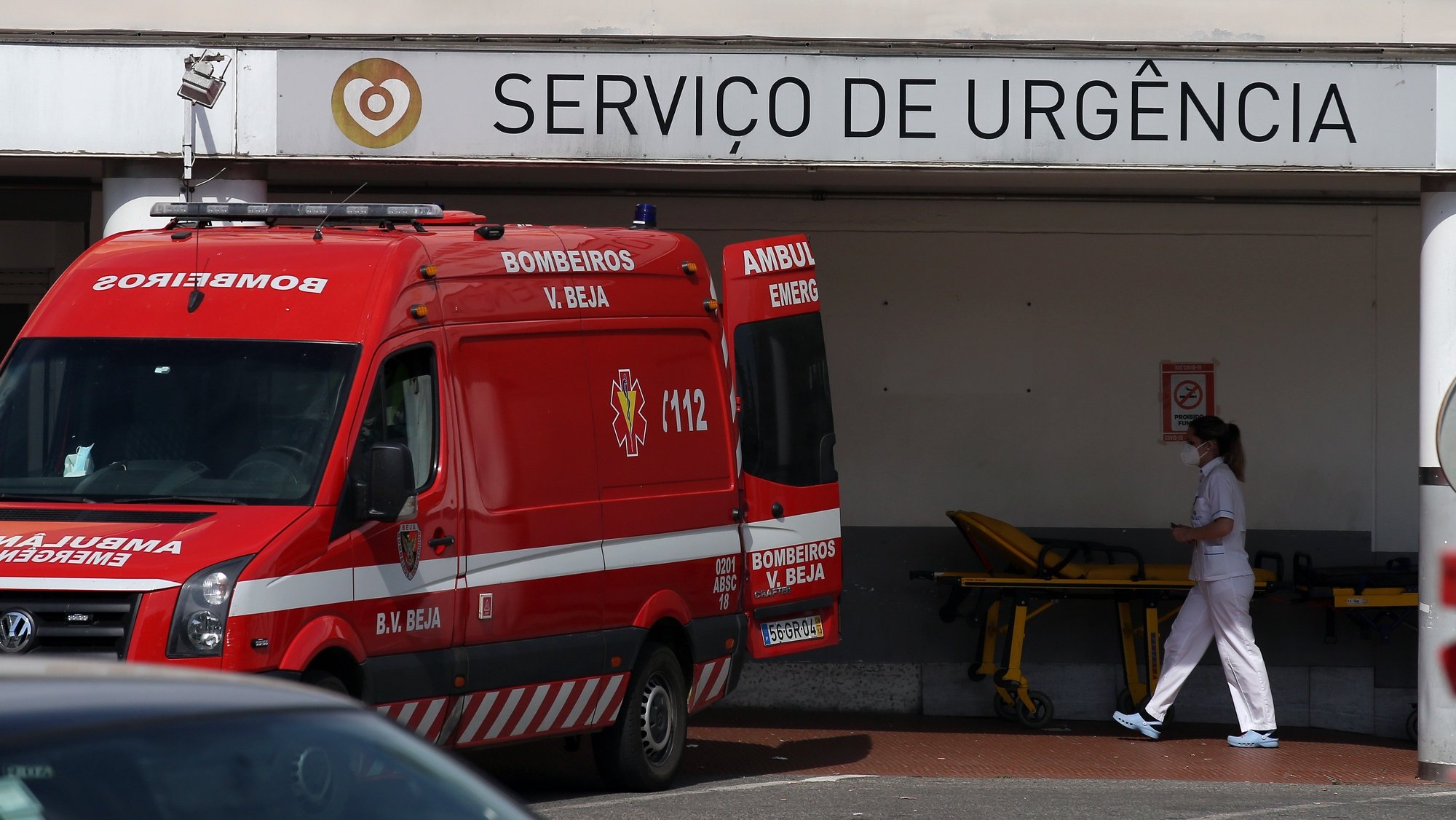The coordinator of the National Program for the Implementation of Home Hospitalization Units in SNS hospitals defends that cancer patients can receive chemotherapy at home, the Jornal de Notícias reported this Friday. A measure that always depends on the severity of the disease and the patient’s condition, but that can be applied soon. And that meets the wishes of users, hospital administrators and health professionals. This is, at least, the conclusion of a study now published by the University of Porto, which found, among other measures, that a large part of those surveyed defended the reduction of visits by cancer patients to health services, creating conditions so that they can carry out the number of possible treatments and consultations on the same day and domiciliation of some health care.
“There is a bold next step to take, which is chemotherapy at home,” said Delfim Rodrigues, citing the Netherlands and Denmark, where cancer treatment is already practiced in community centers and at home, as an example. “We must start thinking about how we can guarantee the quality and safety of treatment at home, avoiding the patient having to go to the hospital”, adds Delfim Rodrigues. And is it efficient? “I see other countries doing it,” he said.
A study by the University of Porto also concludes that cancer patients prefer to go to the hospital less frequently
A study from the University of Porto recently came out on the impact of the pandemic on cancer patients that points in the same direction. According to Lusa, this work, which was prepared by the Institute of Public Health of the University of Porto, involved the review of dozens of others that had already been published, a quantitative evaluation based on data from the care activity in the National Health Service . and a qualitative study with interviews with hospital administrators, health professionals and patient representatives.
The recommendations presented, which also include the commitment to reorganize and strengthen primary health care, resume the activity of health centers and improve the referral and diagnosis network, as well as the investment in literacy of the populationit resulted precisely from the responses of those who were in the field.
The recommendations are derived from the suggestions of the doctors themselves and other actors in the field. We write them down and transport them to this work”, João Rufo, one of those responsible for managing this project, told Lusa.
Health administrators, representatives of cancer patient associations and health professionals participated in the interviews, including doctors, nurses, psychologists, social workers, diagnostic and therapeutic technicians from the northern, central and southern regions of mainland Portugal.
The reactivation of all population-based cancer screenings and the reinforcement of proximity screenings, to increase the number of people involved annually, as well as the hiring of more resources for the SNS to increase response capacity, were other recommendations.
Study participants also identified the willingness to maintain the reduction in the number of visits of cancer patients to health servicesspecifically through the creation of conditions so that they can carry out the greatest possible number of treatments and consultations on the same day and the domiciliation of some healthcare services.
The problems that the pandemic has brought
Regarding the impact of the pandemic on the provision of care to cancer patients, the study “Disruption in Oncology due to the force of Covid-19”, which focuses on the period between March 2020 and December 2021, concludes by confirm what other jobs had already been completed: reduction of cancer screening tests, lack of access to primary health care and the consequent impact on diagnosis and referral by family doctors.
It also points to a decrease in first consultations and surgeriessituation that finally caused delays in new chemotherapy and radiotherapy treatments.
Remember that at the end of 2021, some indicators in the area of screening and hospital production reversed their negative trend, but did not grow enough to compensate for the activity not carried out in the first year of the pandemic.
Regarding the treatment plan of the patients, both the reviews of published studies and the responses of the interviewees in this study reported changes in treatments compared to the period before Covid-19including switching from intravenous to oral treatments, postponement/delay of treatments, surgeries, systemic treatments, and radiotherapy, in some health facilities.
One of the points highlighted by the researchers was the adaptability of health services, which resulted in “infrastructure changes, equipment readjustment and the constant creation of new action protocols.”
They also point to positive aspects such as the promotion of remote consultations, a procedure that they consider should be maintained in cases where travel is not strictly necessary.
However, although the respondents argue that communication technologies should be maintained, the study highlights the socioeconomic inequalities in access to telemedicine — not all patients had the equipment, literacy, and skills to adequately benefit from this resource.
Source: Observadora
